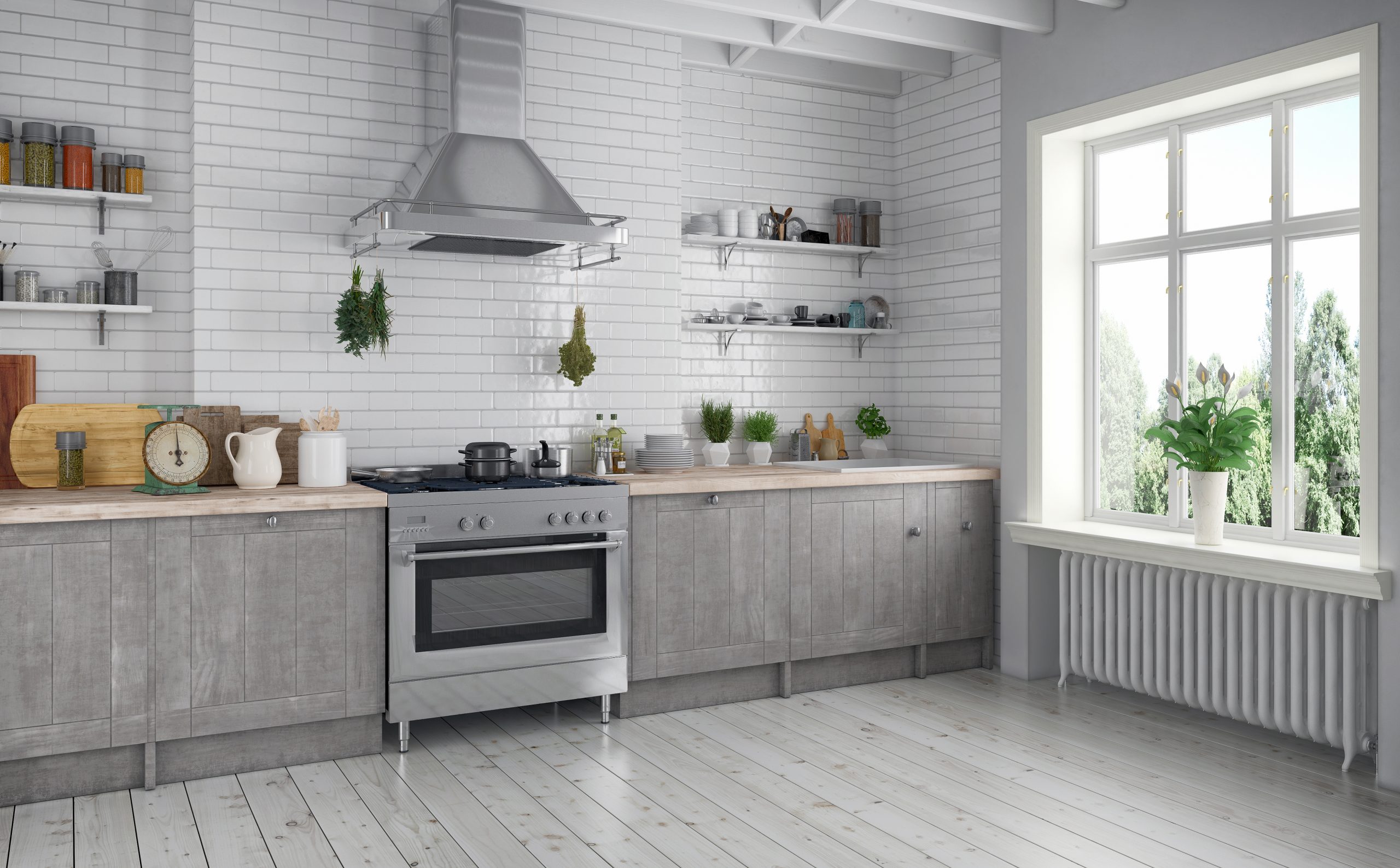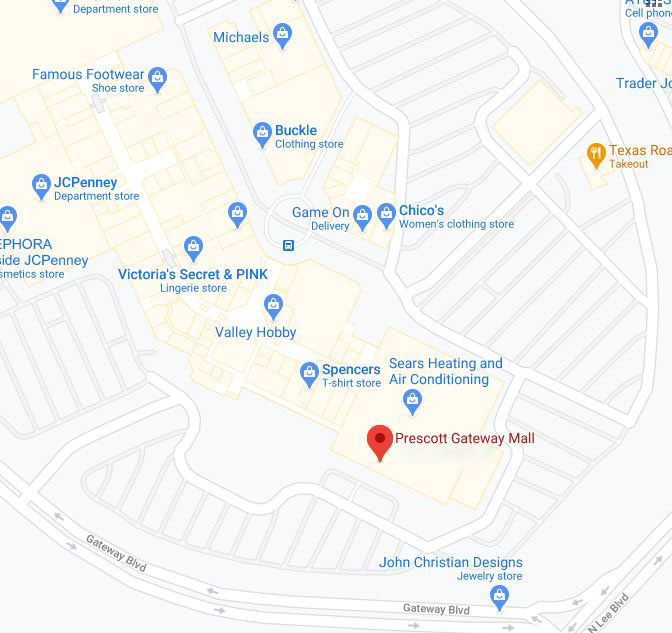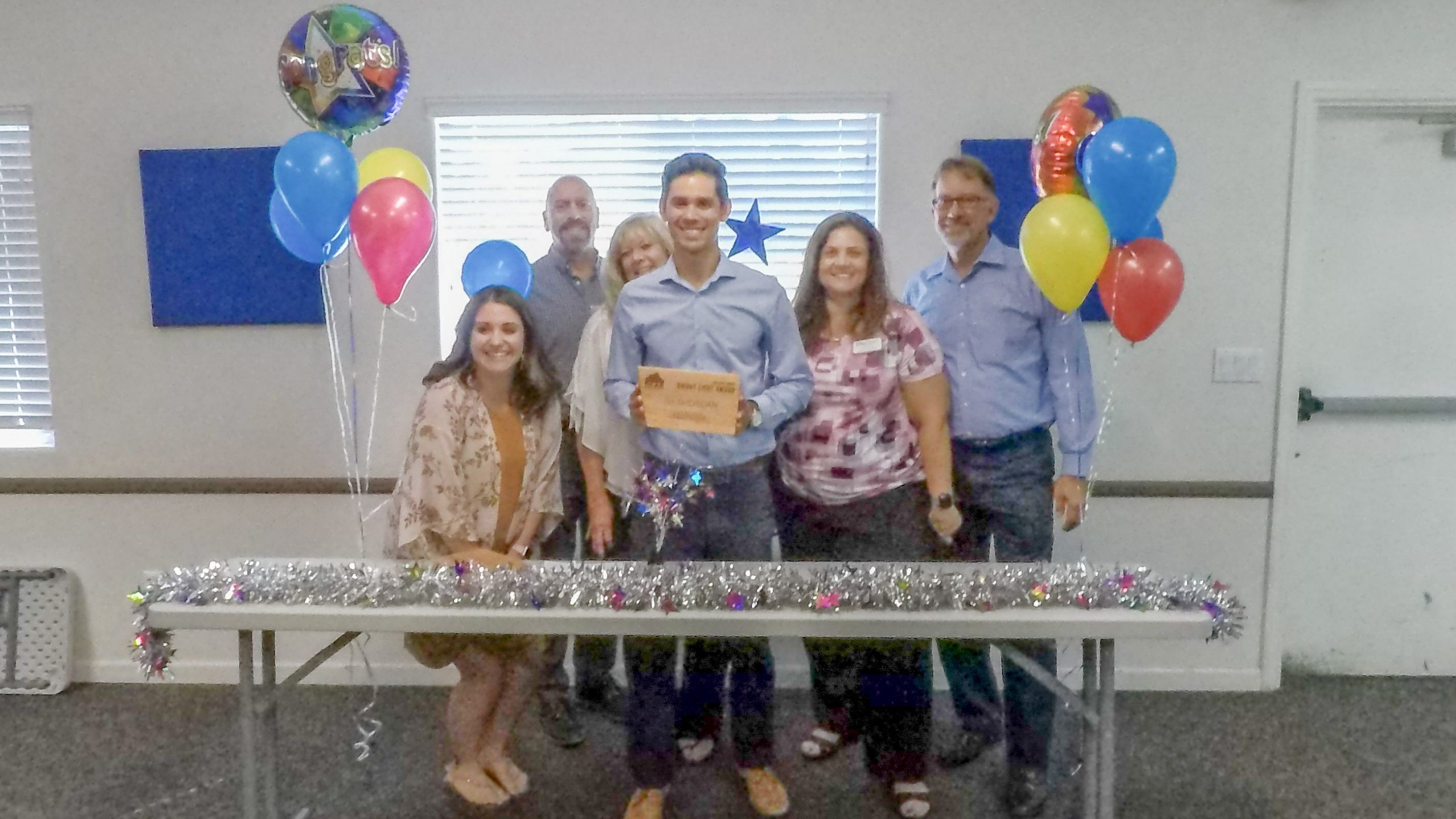Prescott July 4th Rodeo

World’s Oldest Rodeo
Regardless of what part of Arizona you call home, you will want to make a trip to Prescott during the 4th of July! Since 1988, Prescott has been home to the World’s Oldest Rodeo. It is a fun-filled event for all ages!
Rodeo History
July 4, 1888, became the birthday of professional rodeo when a group of Prescott, Arizona, merchants and professional businessmen organized the first formalized “cowboy tournament” and offered cash prizes. These “Cowboy Contests” continued and were planned, promoted and carried out by a committee of local merchants. From then on, rodeo has grown into a multimillion dollar enterprise with more than 700 professional rodeos in 50 states. Source: Prescott Frontier Days
>> World’s Oldest Rodeo Information <<
Monday, June 28 through Sunday, July 4: Prescott Frontier Days® 134th Rodeo
- Performance #1 – Monday, June 28 – 7:30 PM
- Performance #2 – Tuesday, June 29 – 7:30 PM
- Performance #3 – Wednesday, June 30 – 7:30 PM
- Performance #4 – Thursday, July 1 – 7:30 PM
- Performance #5 – Friday, July 2 – 7:30 PM
- Performance #6 – Saturday, July 3 – 1:30 PM
- Performance #7 – Saturday, July 3 – 7:30 PM
- Performance #8 – Sunday, July 4 – 1:30 PM
Thursday, July 1 through Saturday, July 3: Rodeo Dance, Prescott Frontier Days® Depot Marketplace
LEARN MORE ABOUT THE RODEO DANCE.
Friday, July 2: Kiwanis Kiddie Parade
LEARN MORE ABOUT THE PARADE
Friday, July 2 though Sunday, July 4: Courthouse Plaza Arts & Crafts
LEARN MORE ABOUT THE ARTS & CRAFT SHOW
Saturday, July 3: Prescott Frontier Days® Rodeo Parade
LEARN MORE ABOUT THE RODEO PARADE
Sunday, July 4: Cowboy Church
LEARN MORE ABOUT COWBOY CHURCH
The agents and team members of Better Homes and Gardens BloomTree Realty enjoy the tradition of Prescott’s World’s Oldest Rodeo. Stop by the Prescott office, on the corner of Gurley and Cortez, and say ‘Hi’ – they would love to share their excitement for Prescott! (928) 443-8800
Residential Real Estate Market by Leslie Guiley

Homes for sale nationally are down 52% over the same time last year and in Arizona there was a 64% decrease in inventory over last year. Demand is up as potential buyers re-evaluate their priorities in homes and lifestyle during and after the pandemic. There are 4 offers for every listing and intense competition has led to double digit price growth according to the National Association of Realtors. Absorption rate measures how fast we would sell out of the current homes on the market if no new listings were added and we are under 1 month in Prescott and the Quad Cities. The list price has become the starting price as buyers bid over market and financed offers struggle to compete with all cash offers. Speculation abounds about another bubble to burst so let’s look at the fundamentals of this market.
Migration to Arizona has been strong and it lands in the top 5 on UHAUL’s migration growth list. Buyers in our area have been able to sell homes in more expensive areas and can afford to pay cash about 50% of the time. Baby Boomers are very attracted to the Quad City Area while the Millennials are edging them out to be the largest home buying demographic in our state and nationwide.
Nationally there has been 13 straight years of below average building of new homes. We have not made up for or matched the pace of building during the last boom. We do need to build more homes to increase the supply, but it won’t be done fast enough to be the complete solution. Shortages in skilled labor, increases in the costs of building supplies and the length of the entitlement process contribute to how quickly developers can add supply to the market. The National Association of Realtors posits that to get back to a 6 month healthy supply of inventory an additional 2.7 million homes should be on the market for sale.
There is a foreclosure moratorium in place until June 30th and whether that will be extended is a subject of much discussion. There are about 4 million borrowers behind on their mortgage payments but banks are working with many to add overdue payments to the end of their loan. Borrowers that can’t qualify for this type of loan restructure will likely be able to sell their homes at a profit as equity has climbed in the past few years. As more of these homes come on the market and as vaccines ease seller’s hesitancy to have buyers visit their home we do expect a balancing of supply and demand to occur.
How does a buyer succeed in this market? One way is to have a strong local agent on your side as sales do occur prior to hitting the general market. Know what you are looking for and be prepared to look at a home and quickly and decide whether to place an offer. Buyers in a competitive market need to go in strong and fast to not miss an opportunity. Get counsel on the risks in waiving home inspections and appraisals as a way to sweeten the deal. Too much sweet can promote different aches and pains in the process and a skilled agent can help you cap your risk.
If you are a seller the highest offer is not always the best offer. An experienced agent can be your best asset in negotiation during a market that moves fast. They can help you weigh which offer is most likely to get to closing date and this can be absolutely critical if your next home purchase relies on the sale of your current home.
The number one tool on your side is knowledge and the more prepared you are before placing your home on the market or placing your first offer, the more likely you are to get your desired outcome.
Sedona Cinco de Mayo Festival

Family Festival
Celebrate Cinco de Mayo and Spring at Tlaquepaque Arts & Shopping Village, the Art and Soul of Sedona! The Village kicks off the festival season with a fantastic Cinco de Mayo celebration.
Admission is free, and everyone is invited!
Enjoy the pulsating sounds, savory flavors, and colorful dances of Mexico in a fun-filled South of the Border celebration. Translated as the 5th of May, Cinco de Mayo honors an event in Mexican history that led to its independence.
The Tlaquepaque Arts & Shopping Village Cinco de Mayo celebration is on Saturday, May 1st, from 11:00 am to 5:00 pm.
The festival includes activities all day long, including traditional high-energy Spanish flamenco dances to roaring applause, get-up-and-dance Latin music, and a Folklorico dance troupe performing traditional Mexican village dances. There are activities for the kids as well, with a piñata and face painting.
Click Here for Festival Information
About Sedona, Arizona
The iconic red rocks of Sedona will take your breath away. Honestly, there is no other place on earth like Sedona.
Sedona, strategically situated at the mouth of spectacular Oak Creek Canyon, has one-of-a-kind beauty. Characterized by massive red-rock formations, the area surrounding this beloved community is considered at least as beautiful as many national parks.
The quality of uniquely situated real estate in Sedona is remarkable. Sedona has location, location, location! Sedona is home to a selection of the finest, new residential communities found anywhere in the world.
Better Homes and Gardens Office
If you would like information regarding Sedona Real Estate, visit our office in nearby Cottonwood, 565 S. Main St., Cottonwood, or in Sedona at 1350 W SR 89 Suite 26 Sedona. Or give us a call at 928-443-8800.
Sedona/Verde Valley Offices
Better Homes and Gardens BloomTree Realty – Cottonwood
565 S. Main St., Cottonwood, AZ 86326
1350 W SR 89 Suite 26 Sedona, AZ 86336
Shopping Mall Reimagined

Foot traffic at malls across the country has been on the decline for 20 years. Consumers were changing their shopping patterns even prior to the pandemic and shopping online rather than flocking to their regional shopping mall. This change in consumer behavior means retail needs to adapt and be reimagined.
The first airconditioned indoor mall opened in Arizona in 1961. Malls were favored investments and heavily developed throughout the 1970’s and 1980’s where they became a central area for the community to gather, eat and shop. The United States has 25-30 sq ft of shopping space for every citizen which is much more than other countries and more than is needed in a world of online shopping carts. Across the nation malls are being converted into other uses such as residential multi family living spaces, office spaces, medical centers, schools, entertainment zones or in some cases industrial warehouse fulfillment centers for online marketplaces.
The Prescott Gateway Mall is currently listed for sale at $15 million by BHGRE Commercial, a division of Better Homes and Gardens Real Estate. Since it was built more recently than most malls, it has some modern elements: half of the shopping area is outside and a spine street runs through the center to break up the typical shopping mall “block”. It covers 35 acres and visitors to the site enjoy sweeping views of the surrounding area.
BHGRE Commercial listing broker Matt Fish says that he has seen the most interest in mixed use redevelopment, “In addition to the retail mall space there are 5 one-acre parcels available around the mall for stand-alone retail or restaurants, plus more space for residential projects.” Diversified Partners owns two parcels with a site plan and preliminary plat for a multi-family project on the west side of Dillards. Future residents will have the opportunity to enjoy a live, work, play experience and bring more traffic to the retail spaces along with restaurants, entertainment and jobs. The sites are also zoned for hotel, office or medical development.
Interest is high in bringing more entertainment to the mall area. A national Trampoline Park named “Get Air” has already signed their lease and is preparing to open soon. Get Air has over 70 locations in the USA and was voted best trampoline park for family fun in Tucson. It will be located in between Best Buy and Texas Roadhouse in the old Cost Plus World Market building. Recently there have been new tenants moving into the mall such as In Season Deli, Beyond Keys Piano Lessons and McQuality Designs and Services photography studio. Rockstar Ventures, Addicted to Deals expanded into another suite and increased their inventory, and the Prescott Action Center opened a skate park and retail store in Sears.
As consumer demand changes retailers must continue to shift their business models. Strategic Planning and careful market assessment of the highest and best use of the mall is essential. Malls are still a central gathering place for the community and an important part of the tax base. Attracting more visitors to the mall area with mixed use development will become even more important as Prescott continues to grow.
For additional information on the Prescott Gateway Mall contact listing broker Matt Fish of BHGRE Commercial, a division of Better Homes and Gardens Real Estate | BloomTree Realty. Visit us online at bloomtreerealty.com or at 102 W Gurley St in downtown Prescott. Leslie Guiley is a co-founder of Better Homes and Gardens Real Estate | BloomTree Realty and currently serves as the Chief Operating Officer. Both Matt and Leslie can be reached at 928-443-8800. For more information on Get Air Trampoline Parks visit getairsports.com.
Don Shaffer Award Winners 2020

Don Shaffer Award
Giving back to our community has been at the core of who we are since we launched our company 6 years ago. As we prepare to recognize our agents on production and growth of their businesses, it’s also important to recognize those who focus on giving back to the community in which we live and serve.
Don Shaffer was a role model to many of us, giving of his time and of himself to those less fortunate where he saw a need. He lived our values of gratitude and integrity and was an example of our culture in his actions. The Don Shaffer Award is our opportunity to recognize agents who exemplify his giving spirit.
What We Look For
Who gives their time to charitable causes and community efforts? The person who is a champion of a cause and can rally those around to also contribute their time, money or goods? The person who seeks out new opportunities and organizes charitable giving of their time and the time of others and sees it through to the end?
Award Winners 2020
Stacey Haggart:
Community Involvement:
- YMCA Board Member
- Prescott Schools Board Member
- Boy Scouts
- Prescott Chamber of the Arts
Carrie Deak:
Community Involvement:
- PAAR Community Committee
- LASER
- Meals on Wheels
- Yavapai Community Cupboard
Prescott Bridal Expo 2021

Prescott Bridal Expo 2021
Wedding excitement is in the air in Prescott. The Prescott Bridal Affaire Expo is returning to Prescott! This isn’t your small average Bridal Expo; it is Northern Arizona’s largest wedding expo.
In addition to an abundance of information from vendors’, the Prescott Bridal Affair Expo offers free admission and free parking. StarStruck Event Planning presents the expo with co-hosts by the Historic Hassayampa Inn and Verve Events and Tents. This year will mark the 16th year celebration for this annual community event.
The expo will take place on Sunday, March 7, 2021, from 10:00 am to 4:00 pm at the Historic Hassayampa Inn located in downtown Prescott at 122 E. Gurley Street.
According to the expo website, Starstruck-Events.com/Prescott-Bridal-Affair-Expo:
“We are delighted to feature some of the best vendors in the business, providing every type of service and product you could want for your dream wedding from music, photography, wedding coordinators, floral, rentals, cake samples, food samples, wedding gowns, an interactive fashion show, and a strolling violinist. This event will be jam-packed with lots of fun and excitement, raffle drawings every 30-minutes and a Grand Prize worth thousands of dollars!”
Meet the Bridal Expo Sponsors
The Prescott Quad City community unites to create this value-packed event. Below are the sponsors of the 2021 Prescott Bridal Affaire Expo:
Diamond Sponsor:
Gold Sponsor:
Silver Sponsors:
- Arizona Finest Wedding Sites and Services
- The Daily Courier
- Prescott Woman Magazine
- Lonesome Valley Newspaper
- Magic 99.1 Radio
- Motion Candy Media
- Sky City Audio
- SignalsAZ
- Blushing Cactus Photography
Expo Testimonial
Can I just say, this is hands down the best expo in all of Arizona. I have been to multiple bridal expos in Mesa, Phoenix, and Glendale … the Prescott Bridal Affaire Expo event at the Hassayampa Inn was literally the best. Great vendors and excellent hosts. Thank you for helping me finalize my wedding plans. ~Bride to Be
Wedding Fun Facts
With the expo approaching, I wanted to get you into the wedding mindset, and after researching interesting wedding facts, and I wasn’t disappointed . . . enjoy!
- “Engagement and wedding rings are worn on the fourth finger of the left hand because it was once thought that a vein in that finger led directly to the heart” (TheKnot).
- “Every year an average of 2.4 million weddings are performed in the U.S. (approx. 150,000 per year in Canada)” (srentertainment).
- “The tradition of matching maids dates back to Roman times, when people believed evil spirits would attend the wedding in attempt to curse the bride and groom. . . Bridesmaids were required to dress exactly like the bride in order to confuse the spirits and bring luck to the marriage” (TheKnot).
- “In medieval times being married was considered a colossal blessing. People would touch the bride and her dress because they believed that it would bring them good fortune. . . [However,] people would start ripping the dress off of the brides! . . . Since the bouquet is considered a part of the bride’s outfit, they reasoned that catching the flowers would bring you blessings” (Molto Bella Weddings).
- The phrase ‘tying the knot’ came from “many cultures around the world — including Celtic, Hindu and Egyptian weddings — [where] the hands of the bride and groom are literally tied together to demonstrate the couple’s commitment to each other and their new bond” (TheKnot).
I hope these fun tidbits got you in the wedding mood for the information and fun waiting for you at the 2021 Prescott Bridal Expo! If you are attending the expo to plan your upcoming wedding, I wish you a blessed marriage!
Arizona REALTOR®, Trent Beaver, Uses Social Media to Promote Listings Amid the COVID-19 Pandemic

The COVID-19 pandemic has created challenges for many businesses and industries, including the real estate industry. With more people losing their jobs or refusing to meet in person out of fear of contracting the coronavirus, it has made it more difficult for homeowners and REALTORS to sell their homes.
REALTOR Trent Beaver turned this hardship into opportunity. Since most of the world is in quarantine, more people spend their time on social media these days. Beaver used this as a perfect opportunity to seek out new clients and promote their listings to prospective buyers from all over the world. [Read More]
Compensation plans: 5 questions to ask before talking fees

BY NICK MALOUFF
Whether you are a new agent looking for the first place to hang your license or an experienced agent contemplating a move, compensation plans are an important part of the decision-making process. In addition to commission splits and caps, compensation plans also include the fees agents pay to brokerages.
In my experience, the first question most potential agents ask is: “What are your fees?” It’s a good question, but I believe there are better ones to ask and more valuable ways to evaluate a potential brokerage before discussing fees.
Business plans
This one is more of a soul searcher, but let’s start at the beginning. Real estate agents are self-employed, which means their money-making activities are self-directed. For many agents, that direction is laid out in a business plan.
Having a business plan is an important step in evaluating compensation plans. Without understanding your financial goals, it’s difficult to evaluate the various financial investments you make in your career — such as brokerage fees — to achieve that plan.
Business plans should be built around your strengths. If you haven’t asked yourself “What are my strengths?” this is a great time to do it.
Support
So that leads to the first question I recommend asking a potential broker: How will you help me meet the goals I have outlined in my business plan?
Full-service brokerages have dedicated staff available to help agents refine their business plan and build in the expenses needed to achieve targets. Most also provide training to help develop skills and schedule personalized accountability coaching to help agents execute their plan.
In contrast, limited-service brokerages don’t have the personnel to provide this level of support and instead rely on mass-produced training programs and videos.
When evaluating the type of support a brokerage provides, agents can ask:
- What is the staff-to-agent ratio for support services at your firm?
- How many on-site people do you have for agent support services?
Knowing this number can help determine if a brokerage views its relationships with agents as a partnership or as a transaction manager.
Productivity
The next question an agent should ask a potential broker relates to productivity. Getting an idea of how many deals agents do, broken down by experience level, should give an indication of how well the brokerage is developing its agent roster. Ask:
- What is your average per-person productivity?
- What about at my experience level?
- How does that relate to the market overall?
As I said at the start, if you have a production goal in mind — units, volume or take-home pay — you can have a good conversation about productivity, and more importantly, you can have an “apples-to-apples” look at what different brokerages can provide to get you there.
Collaboration
Being in business for yourself doesn’t mean you have to go it alone. Brokerages that foster a culture of collegiality understand that together we can do more. Look for an environment in which people are willing to share what they know. Ask:
- How would you describe your company culture?
- Do you have a mentor program?
- You can also ask to speak to a few agents to get their points of view.
Fees
By now, you should have gathered a great deal of information about the brokerage, and you can ask your final question, which is, yes, about fees. At this point, you will have a sense of the level of support the brokerage is providing, and you can determine if you believe it’s worth the investment in the fee structure.
Newer agents should expect to pay more in fees because they typically need more support. That said, experienced agents still need a brokerage that will help them sustain and grow their business, but because they need less support, their fees might be lower.
At either level, compensation plans should have variations that reflect the level of support provided as well as offer rewards for higher productivity.
At the end of the day, fees should not be viewed as a number but as a value. If the return on your investment is deemed high, then the fees have a potentially high value. With any business, what you put into it directly relates to what you get out of it.
Nick Malouff is the President and CEO of Better Homes and Gardens Real Estate BloomTree Realty in Prescott, Arizona. Connect with him on LinkedIn.
Article Originally appeared at inman.com on 9/29/2020
PAAR Awards Sheridan Group Choice Bright Light Award

FOR IMMEDIATE RELEASE
Contact: Anna Tobin
Better Homes and Gardens Real Estate | BloomTree Realty
(386) 898-2179
Sheridan awarded Prescott Area Association of Realtors’ Affiliate Choice Bright Light Award
Better Homes and Gardens Real Estate BloomTree Realty Agent recognized for serving others.
PRESCOTT, ARIZONA, September 25, 2020 – Leading local real estate sales professional DJ Sheridan with Better Homes and Gardens Real Estate BloomTree Realty Prescott received Prescott Area Association of Realtors’ Affiliate Choice Bright Light Award.
The award is granted to the realtor that gives inspiration to their peers to succeed, is willing to assist others, and is a shining example of industry participation. PAAR surprised Sheridan with the award today at the membership meeting.
“I am incredibly grateful and completely shocked, I had no idea that this was even coming,” said DJ Sheridan.
The award is given to an agent within the PAAR membership. Past recipients from BloomTree include BloomTree Designated Broker, Sherri Battten, who was the first recipient of the award in 2018.
Co-Owner and Chief Operating Officer, Leslie Guiley, added, “We are so honored to have DJ Sheridan at Better Homes and Gardens Real Estate BloomTree Realty. DJ has tons of energy and you’ll be seeing more of him as he is immersed in this community and upcoming events.”
“PAAR loves celebrating our members and our Affiliate Council does a great job spotlighting Realtors for standout efforts. We are thrilled to present DJ Sheridan with the Bright Light Award and celebrate him for helping to raise the bar for all Realtors,” said PAAR CEO Amanda Creel, CAE, RCE.
“DJ Sheridan is a great choice for PAAR’s Affiliate Council’s Bright Light Award, which was designed to recognize Realtors for inspiring their peers to succeed, their willingness to assist others and is a shining example of industry participation,” said 2020 PAAR President Jeff Bashaw. “This year has proven challenging for all of us, so I am happy to have the opportunity to recognize him on behalf of our Affiliate Council.”
To learn more about Better Homes and Gardens Real Estate BloomTree Realty, visit https://www.bloomtreerealty.com/
To learn more about Prescott Area Association of Relators (PAAR) visit https://www.paar.org/
Better Homes and Gardens Real Estate BloomTree Realty differentiates itself in the real estate industry through the collaborative efforts of over 200 agents in multiple business units- Residential, Commercial and Rental Solutions. BHGRE BloomTree comprises the largest industry segment in the quad cities of Prescott, Prescott Valley, Chino Valley and Dewey-Humboldt with additional offices in Prescott, Prescott Valley, Cottonwood, Sedona and Phoenix. Agents opt-in to a profit-sharing model and through the local Merit Fund and community charities, BHGRE BloomTree Realty shared over $300K to its agents and client’s local interests.
Check out BHGRE BloomTree Realty online:www.bloomtreerealty.com
Experts Give Guidance on Choosing Best Tenants

Better Homes and Gardens BloomTree Realty COO Offers Advice
Leslie Guiley, Co-Owner and Chief Operating Officer of Better Homes and Gardens BloomTree Realty, was selected by Agent Advice to offer guidance on choosing the best tenants. Read the enlightening article below of tips from experts in the real estate industry.
One of the biggest challenges for property managers is finding the right tenants that won’t give them sleepless nights. Pre-screening prospective tenants used to be enough, but it’s becoming increasingly difficult to find renters they can trust.
While a criminal background check, income and employment verification, a credit check, etc. can reveal a prospective tenant’s true identity, they don’t tell the whole story. Despite all of that, many property managers still end up with nightmarish tenants.
So, the question is, how can property managers get the best tenants?
We asked several key experts known for being top solution providers in the real estate industry to get their advice. They discussed and shared relevant tips and ideas about how to get better tenants for properties.
Since real estate experts and property managers both deal with housing and sometimes work hand in hand, real estate experts can also learn and grow by using these tips.


 Facebook
Facebook
 X
X
 Pinterest
Pinterest
 Copy Link
Copy Link

